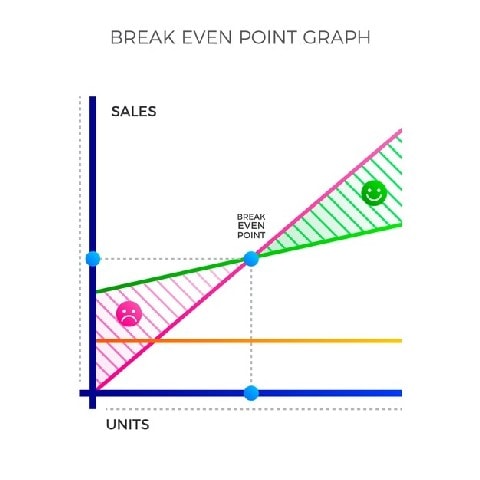Sales volume is defined as the number of units sold during a specific accounting period. For example, if a company sold 100 strips of medicine per month, the entire year, then the sales volume is 1200 for that given year.
Sales volume is entirely different from total sales. Total sales are the number of units sold multiplied by the unit cost of the product, while sales volume is the total number of units sold for a particular period.
Continuing with the above example, consider that the cost of one strip of medicine is five dollars.
Therefore salesvolume = number of units per month x 12
= 100 x 12
Sales volume = 1200 units per year
Total sales = 1200 x per unit cost
= 1200 x 5
Therefore total sales = $6000
Total sales are represented in currency value, while sales-volume is presented in the number of units for a given period.
Table of Contents
Gross and Net Sales-Volume Data
Gross Sales-volume is the total number of units sold for a given period with no factors included. There is no exception, and every single unit sold is taken into consideration irrespective of the way it is sold to the customer.
On the other hand, net sales volume takes into account many factors such as giveaways, freebies, product returns, damaged products, and other similar factors which reduce the number of units. It takes into account only the total number of units that are purchased by customers.
For example, a company sold 1000 units of product per year. So the gross sales are 1000 units.
But there were 100 freebies and giveaways, 100 product damages during transportation.
So the net sales volume = 800 units.
Calculation
Sales volume is measured in the number of goods sold for a particular period. Therefore the period is essential for calculating the sales-volume. Sales-volume can be calculated for any period like weekly, monthly, quarterly or yearly. The total number of items sold every day is multiplied by the number of days to calculate the sales-volume.
On the other hand, the approximate duration can be calculated from the given sales volume.
For example, if a company has a sales-volume of 500 units in one quarter, then the monthly average is
500/3 = 166.66 can be approximated to 167.
Thus approximate sales-volume is 167 units per month.
How to calculate percentage sales volume
The percentage of sales-volume is used to identify the percentage by sales channels such as a sales representative or a store. To calculate the percentage of sales-volume, you have to divide the total unit sales from a particular channel by the total number of units sold in its entirety. For example, if a company says 1500 units of a product per year out of which a sales rep sold 100 units, then the percentage sales-volume of that rep = 100/1500 = 6.7%
So approximately 6.7% of sales-volume is generated by sales rep.
Calculating the percentage of sales-volume per sales representative will help to divide the area amongst the team. It is very crucial for field team planning. You can optimize the entire territory by allocating potentially equal areas for your reps. To understand the productivity of the rape sales-volume percentage is used as one of the critical factors. The percentage of sales-volume is also essential for calculating KPI of sales wraps. It keeps them on toes and empowers them and also recognizes the top performer is very early.
Breakeven
Says volume breakeven is the number of units that are required to sell to earn a profit of zero. This is very important if your company is seeing a slack in sales and so you know that you should cut back on spending and increase the bottom line. Sales-volume breakeven can be calculated by looking at the projection over a given time and then dividing it by total profit earned per unit.
For example, the expenditure of a company for a given period is about $10,000, and the profit is $2 per unit.
Therefore 10000/2 = 5000.
So the company needs to sell at least 5000 units of the product to get to the break-even.
Variance
Sales volume variances the difference in actual units sold and the projected units. It can be calculated by taking the total number of units sold and by multiplying it with profit per unit. Unlike sales volume, sales volume variance is measured in the currency amount.
For example, if the company projected that it would sell 1000 units in a given period but sold 1500 making a $5 profit per unit, then the sales volume variance for the given period would be: 500 x 5 = $ 2500.
$2500 is a definite sales volume variance because the company sold the number of products, then it is estimated. On the other hand, if the company would have sold fewer products than projected, then it would have seen negative sales volume variance. Sales volume variance is necessary to understand the net profitability and the sources of profit for the company. Be it positive or negative; the variation in sales volume shows that projections should be worked upon properly so that the company does not over or under predict the requirement to the manufacturing site.
Thank you for reading our article about sales volume and how to calculate sales volume data
Leave a comment and let us know how you do sales management
Liked this post? Check out the complete series on Sales

